Complete structural elucidation of lipids in a single experiment using electron activated dissociation (EAD)
Analyze on an LC timescale using the ZenoTOF 7600 system
Mackenzie Pearson1 , Christie Hunter1 , Takashi Baba2
1SCIEX, USA, 2SCIEX, Canada
Abstract
Electron activated dissociation (EAD) on the ZenoTOF 7600 system is used for the complete structural elucidation of glycerophospholipids, sphingolipids, and acylglycerols in a single experiment. In contrast to the more commonly used collision induced dissociation, or CID, EAD provides an abundance of unique fragment ions critical for complete lipid characterization.
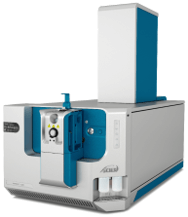
Introduction
The field of lipid research has grown immensely in recent decades. Lipids were initially thought to simply be structural components of cellular membranes, but the ongoing study of lipids and their functions has shown these diverse molecules are very active participants in many biological processes. Recent studies have shown lipids to play direct or causal roles in many human disease states, such as Alzheimer’s, metabolic syndrome and lysosomal storage disorders.1 They have also been used as potential biomarkers. For instance, a shift in the double bond from a ∆7 to ∆9 in a phospholipid has the potential to be a biomarker for breast cancer,2 and a change in the sn-1 and sn-2 positions of an acyl chain in phosphatidylinositol has the potential to be a marker in urine for prostate cancer.3
Lipids have also garnered a lot of attention in the delivery of vaccines, genetic material and other small molecules. Lipid nanoparticles (LNPs) are a novel drug delivery system consisting of a lipid outer shell with the drug encapsulated in the center. LNPs have now been approved for several therapies as well as for the SARS-CoV-2 vaccines mRNA-1273 (Moderna) and BNT162b2 (BioNTech).4
Although lipid species generally fall into classes that share specific subgroups and configurations, the diversity of lipid molecules is enormous. Characterization of lipids must not only include the identification of molecular composition but also details about individual components such as class, head groups, lengths of different fatty acids, modifications, attachment points, numbers and positions of double bonds, and even cis/trans configurations. As a result, the complete structural elucidation of lipid molecules has generally been an arduous task composed of a series of characterization steps that use different methodologies.
Here, electron activated dissociation (EAD) on the ZenoTOF 7600 system is used for the complete structural elucidation of glycerophospholipids, sphingolipids, and acylglycerols in a single experiment. In contrast to the more commonly used collision activated dissociation, or CAD, EAD provides an abundance of unique fragment ions critical for complete lipid characterization.
Figure 1. Complete characterization of a lipid. One MS/MS spectrum identifies the lipid as PC 16:0/18:1(n-9:cis) by providing class, head group, fatty acid identification, fatty acid position (regioisomerism), double bond location and stereochemistry (cis/trans).
Key features of EAD and the ZenoTOF 7600 system for lipid analysis
- EAD, an alternative fragmentation mechanism to CAD, provides richer information for improved characterization of lipids
- Tunable kinetic energies for optimization of fragmentation for different applications
- EAD combined with the Zeno trap has the sensitivity needed for fast LC-MS analysis and information dependent acquisition (IDA)
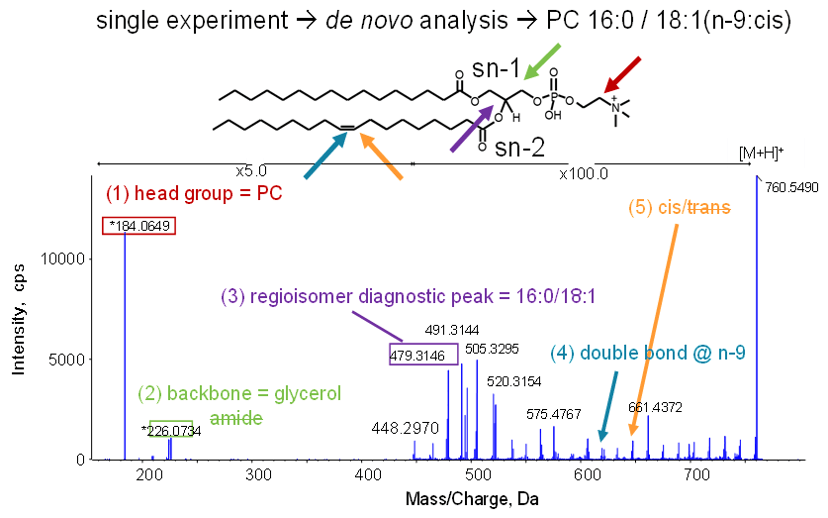 Click to enlarge
Click to enlarge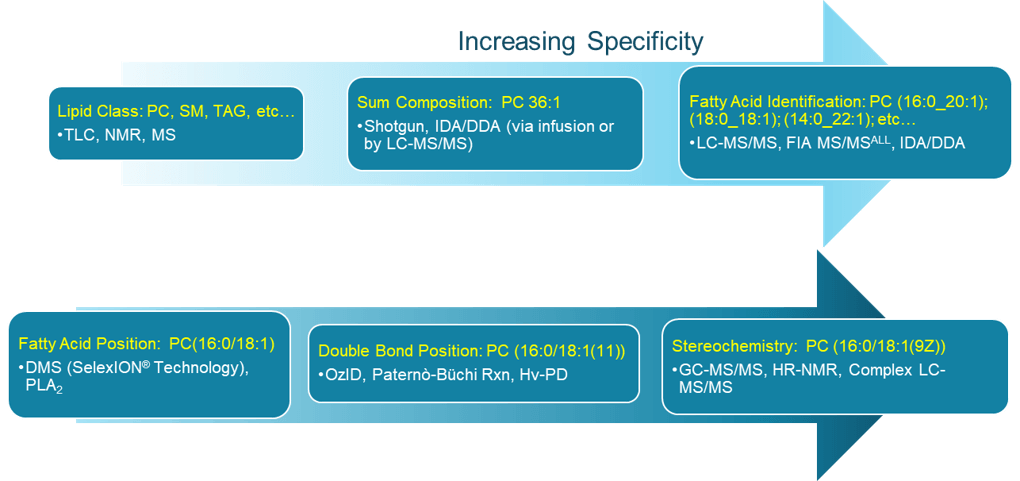 Click to enlarge
Click to enlarge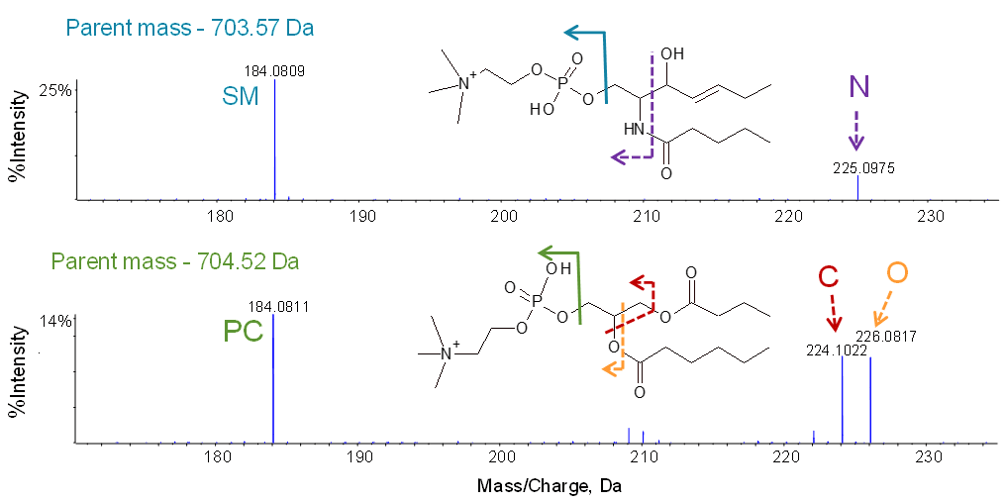 Click to enlarge
Click to enlarge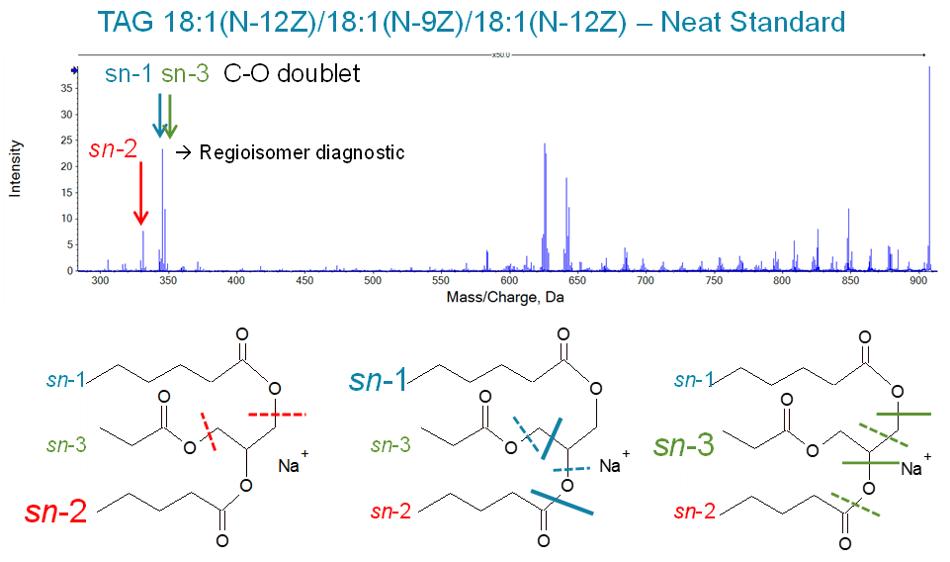 Click to enlarge
Click to enlarge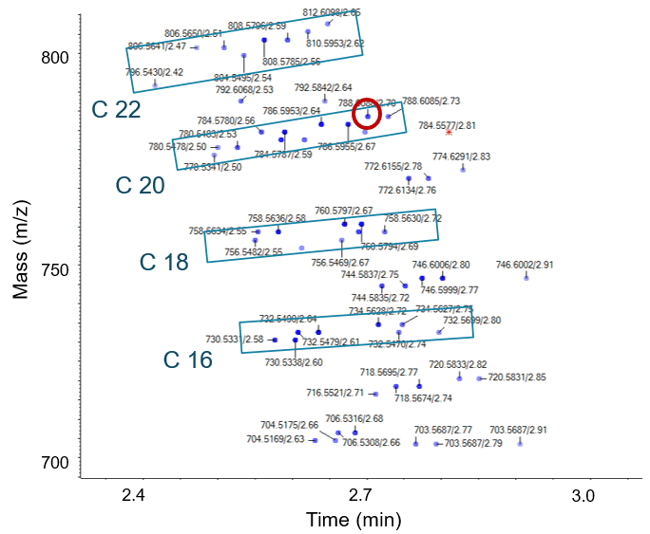 Click to enlarge
Click to enlarge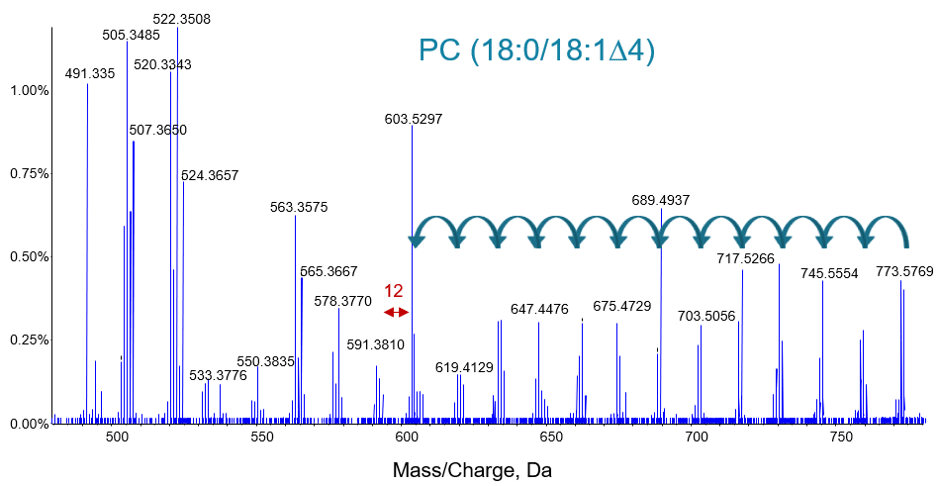 Click to enlarge
Click to enlarge